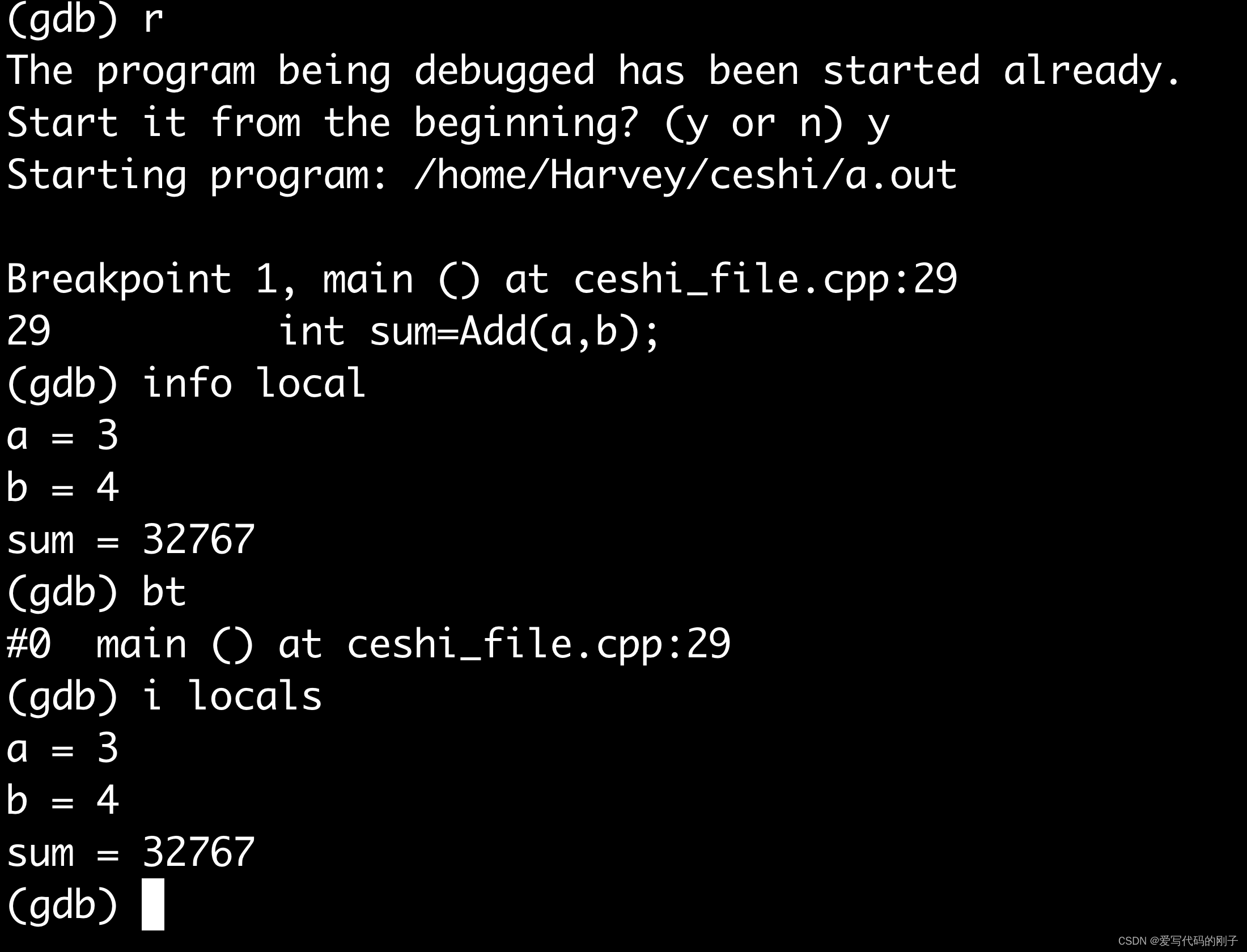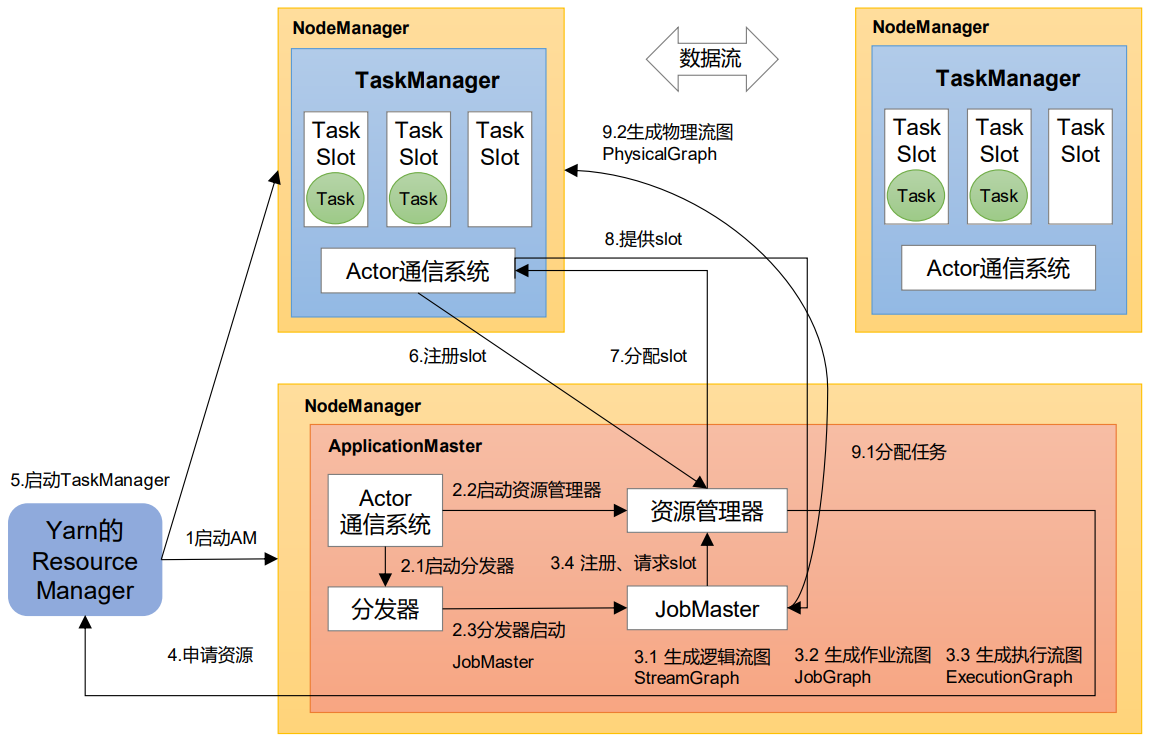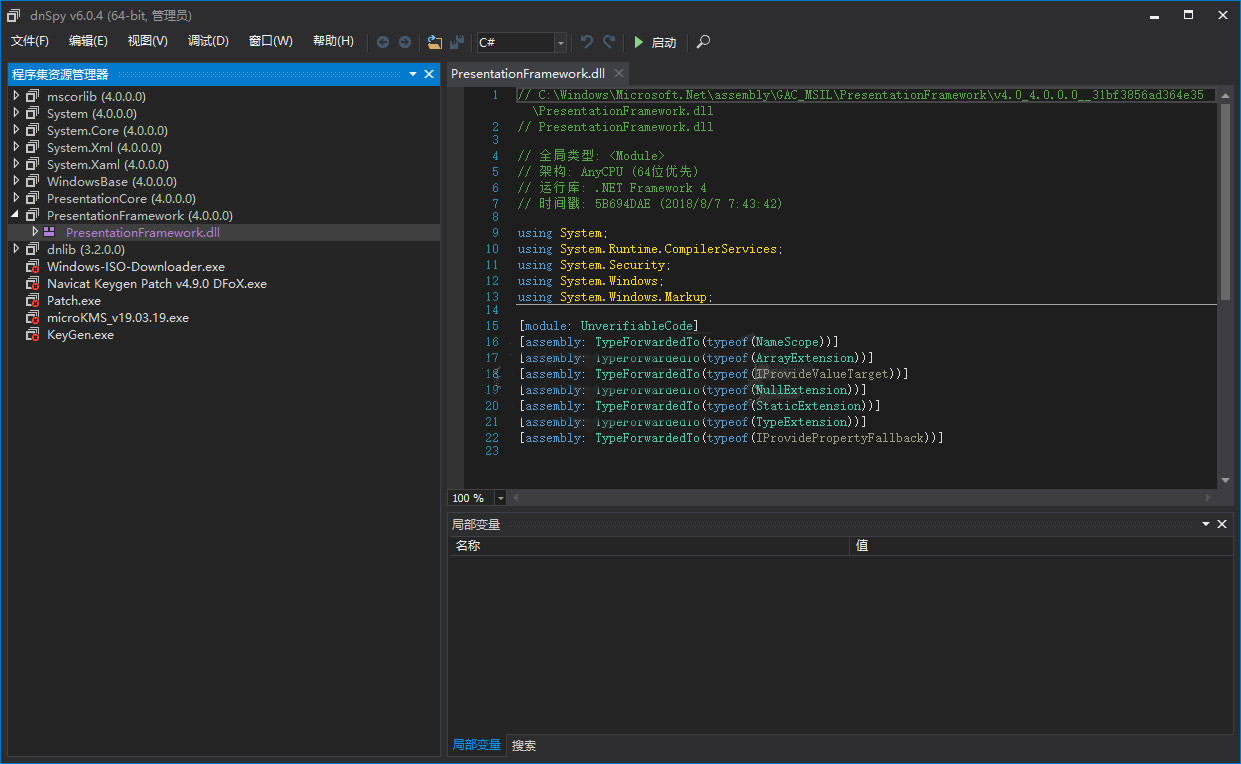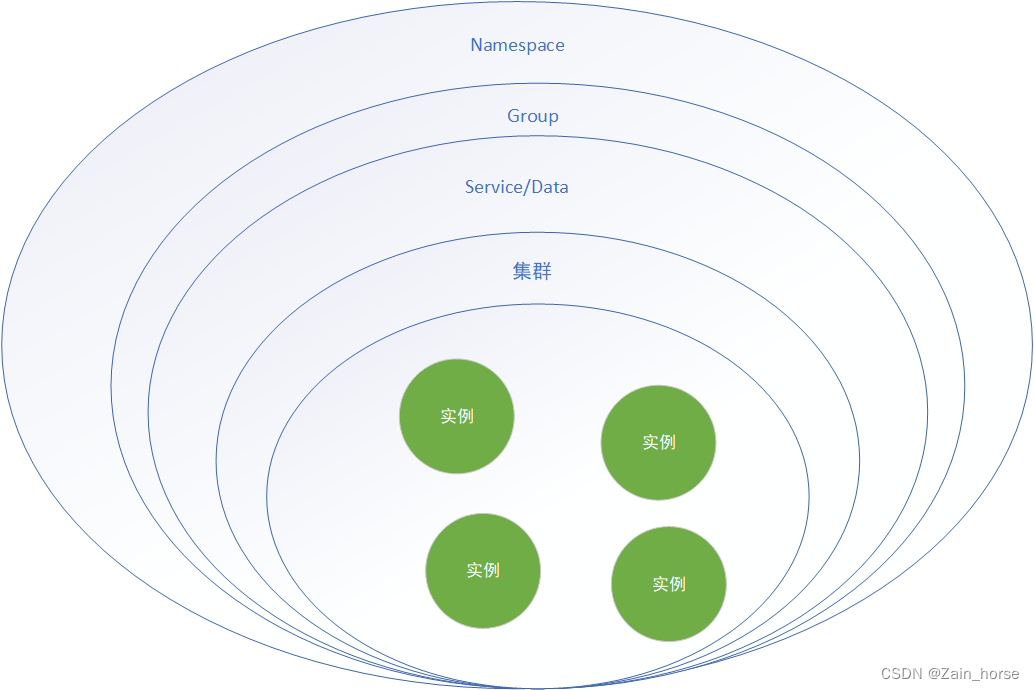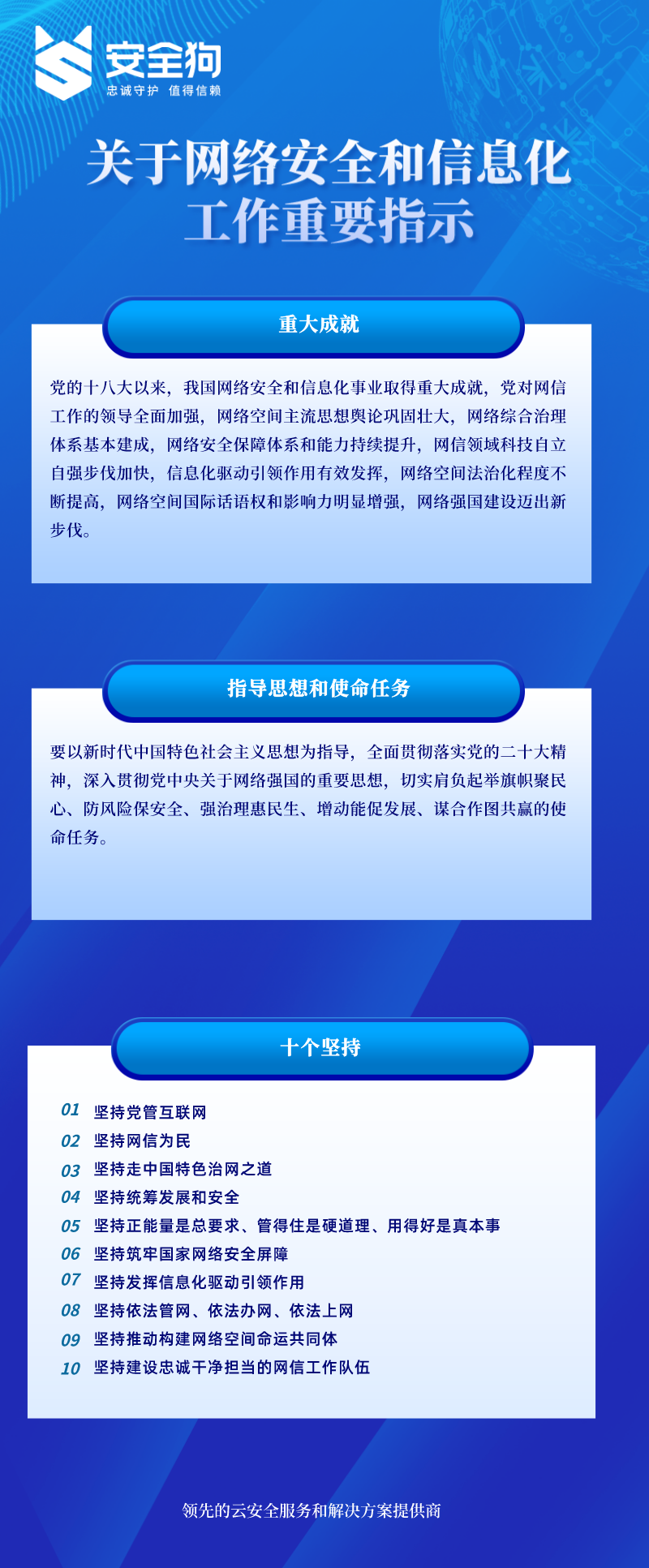
1,定义和用法
定义:
forEach()方法用于调用数组的每个元素,并将元素传递给回调函数。注意:forEach()对于空数组是不会执行回调函数的。
用法:
// 箭头函数
forEach((element) => { /* … */ })
forEach((element, index) => { /* … */ })
forEach((element, index, array) => { /* … */ })
// 回调函数
forEach(callbackFn)
forEach(callbackFn, thisArg)
// 内联回调函数
forEach(function(element) { /* … */ })
forEach(function(element, index) { /* … */ })
forEach(function(element, index, array){ /* … */ })
forEach(function(element, index, array) { /* … */ }, thisArg)片
2,forEach是否会改变原数组?
结论:对于简单数据类型是不会改变原数组的,对于复杂数据类型的直接赋值操作则是可以改变原数组的;
1,简单数据类型不会改变原数组
const arrNumber = [1, 2, 3, 4];
arrNumber.forEach((item,index)=>{
item = item*2
})
console.log("arrNumber:",arrNumber); // [1, 2, 3, 4]
const arrString = ['Eula','Kaya','Umbar']
arrString.forEach((item,index)=>{
item = item+'_'+index
})
console.log("arrString:",arrString);// ['Eula','Kaya','Umbar']
那我如果就是想要改变原数组,可以这样写:
const arrNumber = [1, 2, 3, 4];
arrNumber.forEach((item,index,arr)=>{
if(item % 2 === 0){
console.log("可以被2整除的需要重新赋值:",item);
arr[index] = 100/
}
})
console.log("arrNumber:",arrNumber);//[1, 100, 3, 100]
直接 arr[index] ;相当于你平常的 数组名[第几项] = 值。这样自然是可以修改原数组的;
2,引用数据类型直接对其直接赋值能够改变原数组
const list = [
{ name: "Kaya", age: 18 },
{ name: "Eula", age: 19 },
{ name: "Umbar", age: 20 }
];
// 直接进行赋值是可以改变原数组的 改变姓名
list.forEach((item, index) => {
if (item.name === "Eula") {
item.name = "Xinjie";
}
});
// 改变年龄
list.forEach((item, index) => {
item.age++;
});
console.log("list:", list);
打印如下:
0:{name: 'Kaya', age: 19}
1: {name: 'Xinjie', age: 20}
2: {name: 'Umbar', age: 21}
forEach() 相当于把原数组拷贝出来,对拷贝出来的数据进行操作,因为基本类型的数据相当于深拷贝,引用数据是浅拷贝,相当于只拷贝了指针地址,更改数据也会连带把原数组给改掉;
对于基本数据类型:number,string,Boolean,null,undefined它们在栈内存中直接存储变量与值。
而Object对象的真正的数据是保存在堆内存,栈内只保存了对象的变量以及对应的堆的地址,所以操作Object其实就是直接操作了原数组对象本身。
3,除了抛出异常以外,无法中止或跳出循环
forEach对数组进行遍历时,不能使用break或return等关键字跳出循环,使用return只能跳过本次循环,相当于continue。
1,使用return 跳出本次循环
var arr = [1, 2, 3, 4, 5];
arr.forEach(function (item) {
// 只能跳出本次循环
if (item === 3) {
return;
}
console.log("item:",item); // 1 2 4 5
});
2,抛出错误跳出终止整个循环(不推荐使用)
var arr = [1, 2, 3, 4, 5];
try {
arr.forEach(function (item) {
// 只能跳出本次循环
if (item === 3) {
throw new Error("主动跳出循环");
}
console.log("item:", item); // 1 2
});
} catch (error) {
console.log("error:", error);
}
注意:抛出异常虽然能够跳出整个循环体,但需要try catch函数来捕获此异常,否则控制台报错将会阻断代码的向下执行;
3,forEach()方法不支持使用break或continue语句来跳出循环或跳过某一项。
如果需要跳出循环或跳过某一项,应该使用for循环或其他支持break或continue语句的方法。
4,不能处理异步函数(async await)
1,先看下面这个案例:
async function test() {
let arr = [3, 2, 1]
arr.forEach(async item => {
const res = await mockSync(item)
console.log(res)
})
console.log('end')
}
function mockSync(x) {
return new Promise((resolve, reject) => {
setTimeout(() => {
resolve(x)
}, 1000 * x)
})
}
test()
我们期望的结果是:
3
2
1
end
但是实际上会输出:
end
1
2
3
2,针对上面问题可以有以下两种解决方案:
第一种:使用普通的for循环语法
function mockSync(x) {
return new Promise((resolve, reject) => {
setTimeout(() => {
resolve(x);
}, 1000 * x);
});
}
// 使用for循环
async function test(){
let arr = [3, 2, 1];
for(let i=0;i<arr.length;i++){
const res = await mockSync(arr[i]);
console.log(res);
}
}
test();// 3,2,1
现在执行顺序是正常的:等待3秒后打印3,然后等待2秒后打印2,最后等待1秒后打印1;
第二种:使用for of 循环来处理异步函数
function mockSync(x) {
return new Promise((resolve, reject) => {
setTimeout(() => {
resolve(x);
}, 1000 * x);
});
}
// 使用for of 循环
async function test() {
let arr = [3, 2, 1];
for (const item of arr) {
const res = await mockSync(item);
console.log("res:",res);
}
}
test();

